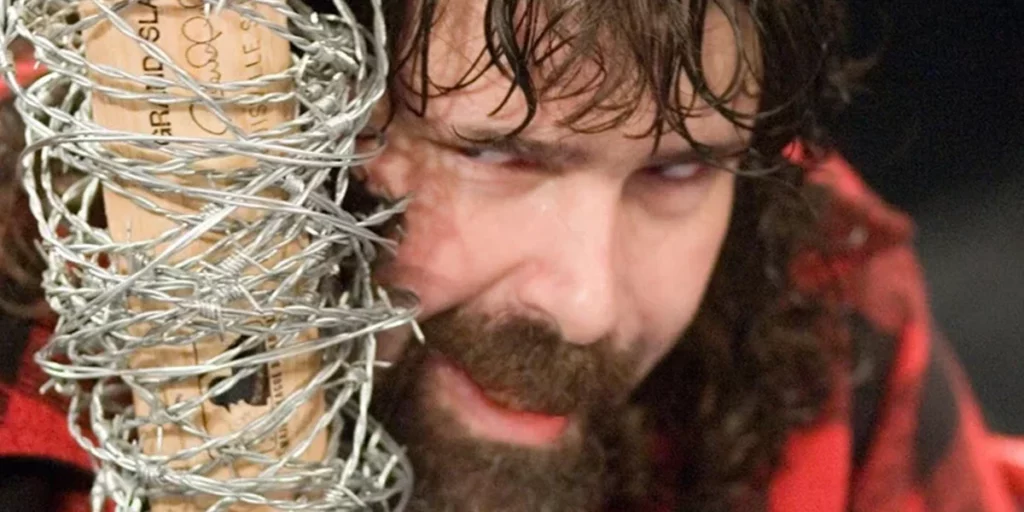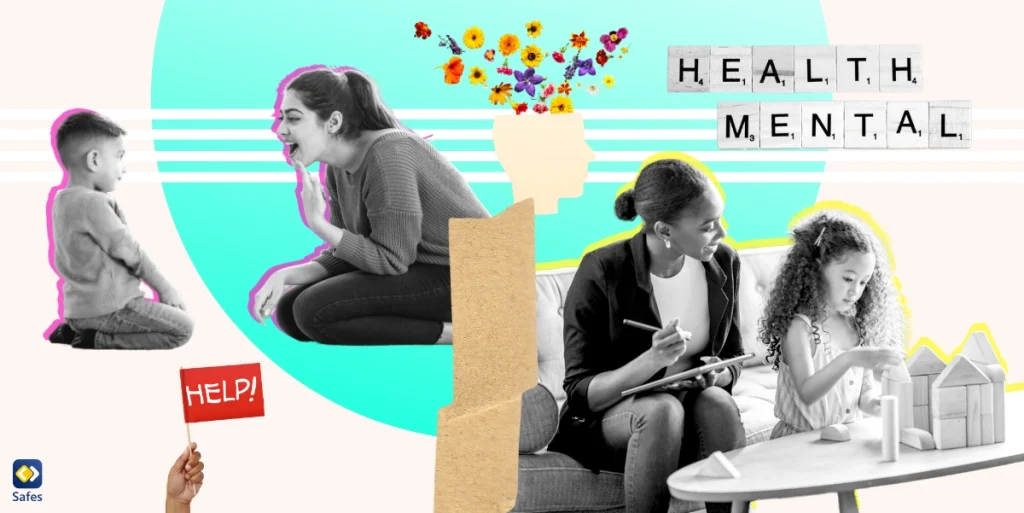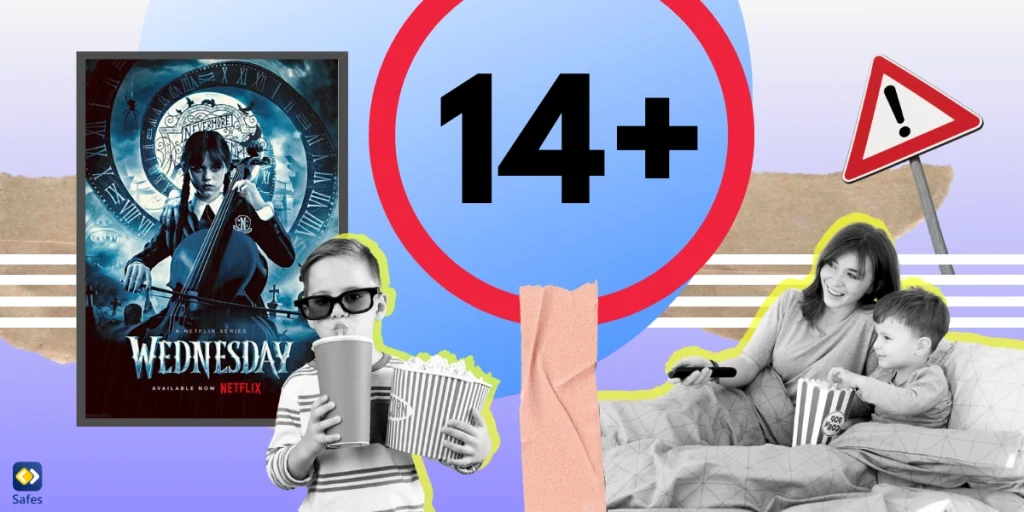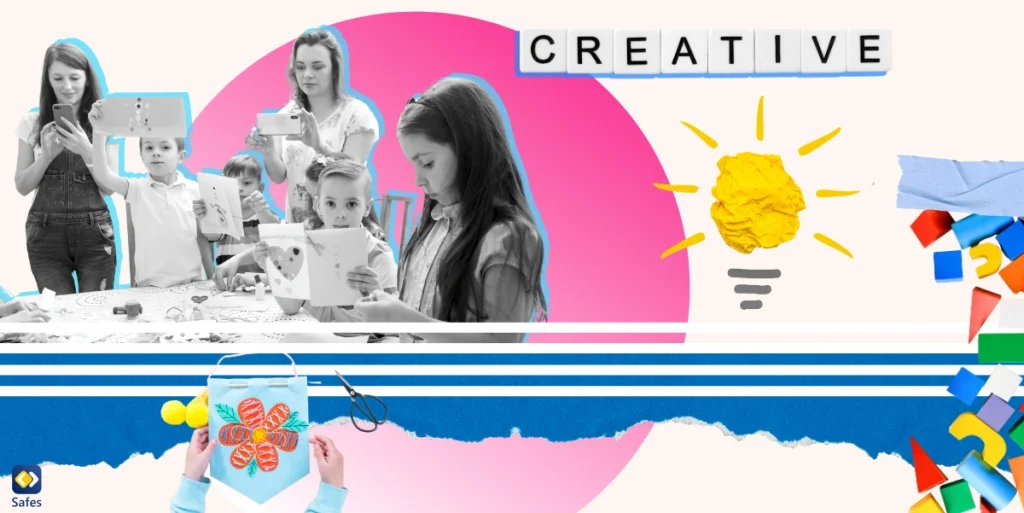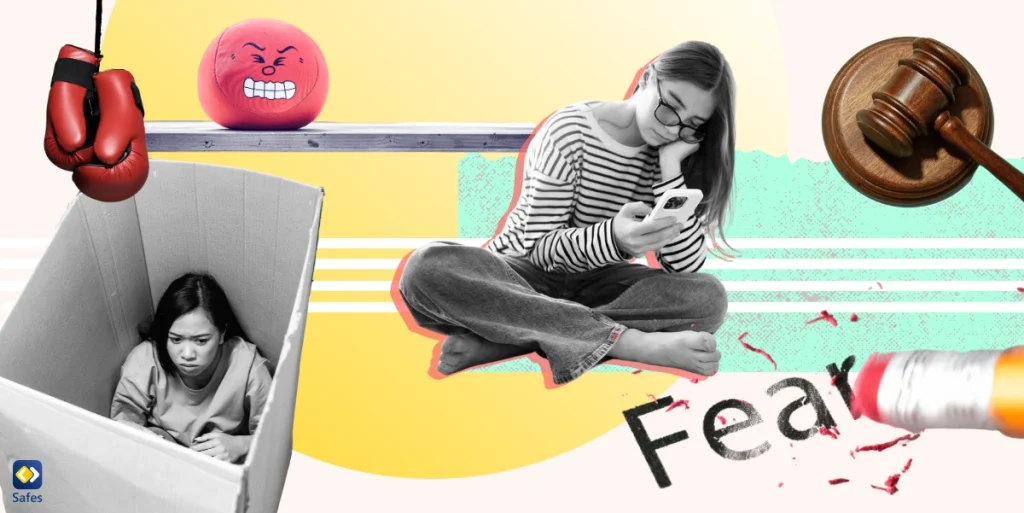WWE has been a great source of entertainment for people around the world, especially Americans, for decades. Though its format has changed considerably, the main idea has stayed the same; male and female wrestlers, each with their own defined characters, fight in an arena. Everything is fake, but the violence is as realistic as it can possibly be. But does that excuse the fact that many children are exposed to WWE’s violence both in live events and on TV?
Download and Start Your Free Trial of the Safes Parental Control App
How are Children Affected by Watching Violent Content?
According to the American Academy of Child & Adolescent Psychiatry, watching TV with violent content can have negative effects on children. Children are particularly impressionable and try to replicate what they see without understanding if it’s morally right or wrong.
While adults can watch a violent TV show or live event, understanding that it’s not real, (though they might suffer negative effects as well), children won’t completely grasp the notion of theatricality. A bunch of adults slamming each other with chairs can easily be mistaken as being real. In fact, many adults today remember a time when they actually thought WWE was real and there’s no doubt that many children who watched WrestleMania 39 last night thought it was real as well.
WWE Age Rating
WWE’s age rating has changed over the years. Since 2008, WWE tried to take a more family-friendly approach, changing its rating from TV-14 to TV-PG in the process. This was a great business decision since it opened up its target audience and encouraged more sponsors to promote the show. In the PG Era, the violence and sexual content were watered down and the characters were much more one-dimensional since the fan base was made up of a lot of younger people.
Right now, there’s talk of the age rating changing to TV-14 once again. WWE has tried to change the format of its content multiple times, even going so far as naming different “eras” of WWE. But even watered-down violence in WWE is still violence. It’s not as if the violence is the same as Lego characters in a video game; it still constitutes hitting another person with a chair.
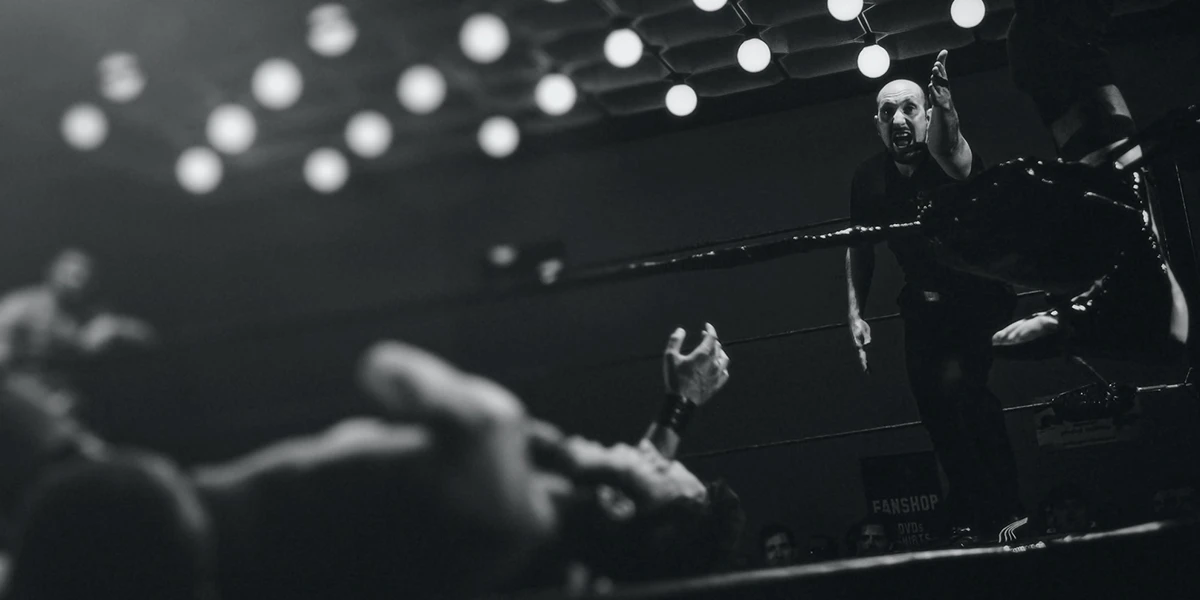
Should Parents Let Their Children Watch WWE?
An article in the Sport Journal researched the effects of watching pro-wrestling on children and the results question the appropriateness of the practice. All signs point to the fact that children should not be watching WWE events, in-person or on a TV.
According to the National Center for Health Research, there are plenty of studies suggesting that watching violent content can play a part in children’s aggressive behavior. There are even studies that link watching pro wrestling to dating aggression. In the study, kids who reported watching pro wrestling in the past two weeks were more prone to:
- Fighting at school
- Starting a physical fight or being victimized by a date
- Using Ritalin without a prescription
- Smoking cigarettes
- Having sex without using birth control
These were just some of the things found to have a correlation with the frequency of watching WWE. So, how old should someone be to be able to watch WWE? If they change the age rating to PG-14, would that do?
First of all, there’s been talk of changing the age rating to PG-14 for years, so we shouldn’t base things off that. Secondly, the issue of the TV-PG rating has to come into question. Many parents would never let their eight-year-old child watch someone hit another person and then proudly walk around and be cheered.
Morals aside, research shows the negative effects of this type of behavior. So, why do some parents still believe that it’s ok for their kids to watch violence in the context of WWE? That’s a question every WWE-loving parent should ask themself.
Conclusion
It doesn’t seem like the violence inherent in WWE is going anywhere anytime soon. The audience wants more violence and if the age rating goes any higher WWE will deliver to their fans. It’s the responsibility of parents to keep an eye on the programs that their children watch and the live events that they take them to.
